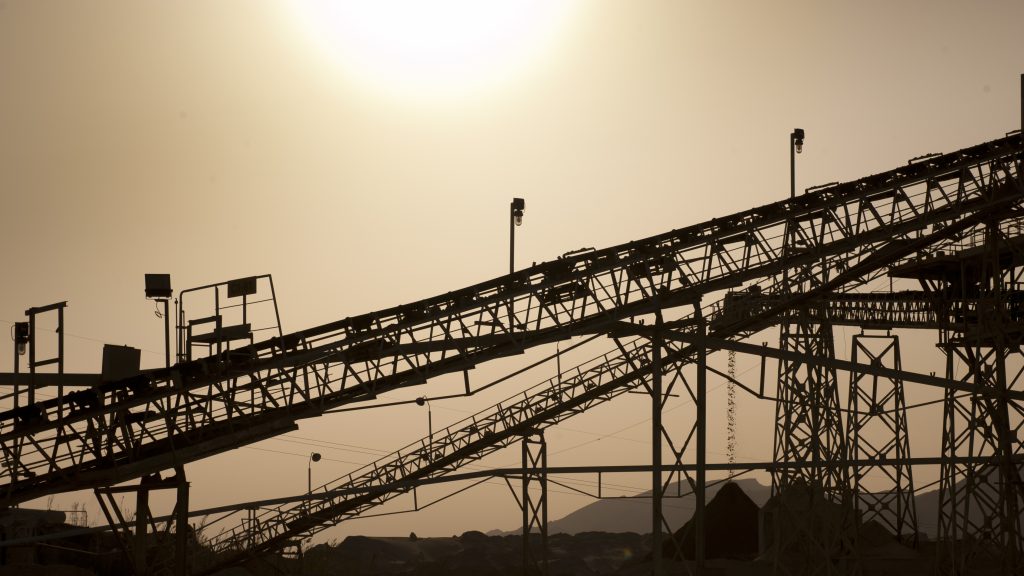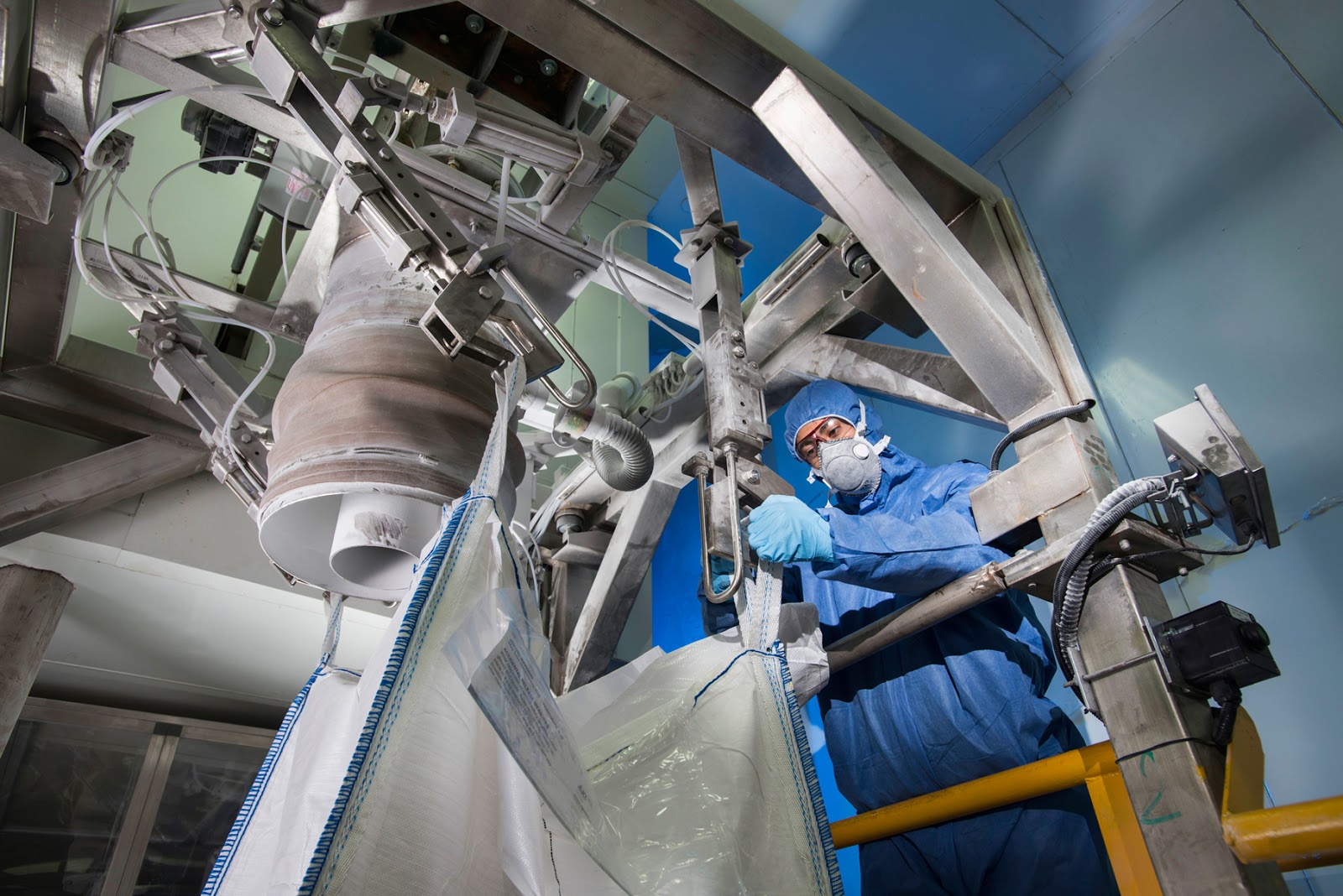Rotem’s site efforts are dedicated to sustainability. As a result, most of ICL Rotem’s research and development activities over the past several years have focused mainly on solving environmental issues such as searching for technological solutions as part of its challenge to comply with the Clean Air Law. To date ICL has concluded several major projects to meet Clean Air Law regulations, including the establishment of a new 96-meter-high emission stack and replacement of converter unit catalysts at both of its sulphuric acid production facilities. The replacement of these catalysts enabled the site to reduce its SO2 emissions by about 50%. In addition, seven production ponds have been covered to minimize emissions of volatile compounds. ICL Rotem has also advanced its collection and capture of non-point VOC emissions from its white phosphoric acid facility.
In April 2022, the RTO system installation was completed at Rotem, initiating the facility’s operation. Designed to reduce emissions of organic substances into the air by returning them to the process and burning the residues, the RTO system has been effectively treating and decreasing emission values in accordance with the site’s air emission permit. This installation is a significant measure for minimizing the site’s emissions. In 2022, energy production from oil shale at ICL Rotem came to a halt, and the facility was repurposed for energy production using natural gas.
The overall transition efforts at Rotem led to a decrease in emissions according to the following breakdown:
A decrease of 19% in CO2 emissions
A decrease of 28% in particle emissions
A decrease of 50% in SO2.
A decrease of NOx 48%
A decrease of CO 41%
In 2023 Rotem reduced 12.2% of CO2 emissions compared to 2022
In 2021, Rotem’s emission permit, which aligns with the Israeli Ministry of Environmental Protection’s updated requirements, was extended until September 2023. As per an administrative order under Section 45 of the Law, a few projects were postponed.
For further information see Note 18b(2) to ICL’s 2022 Annual Report.







